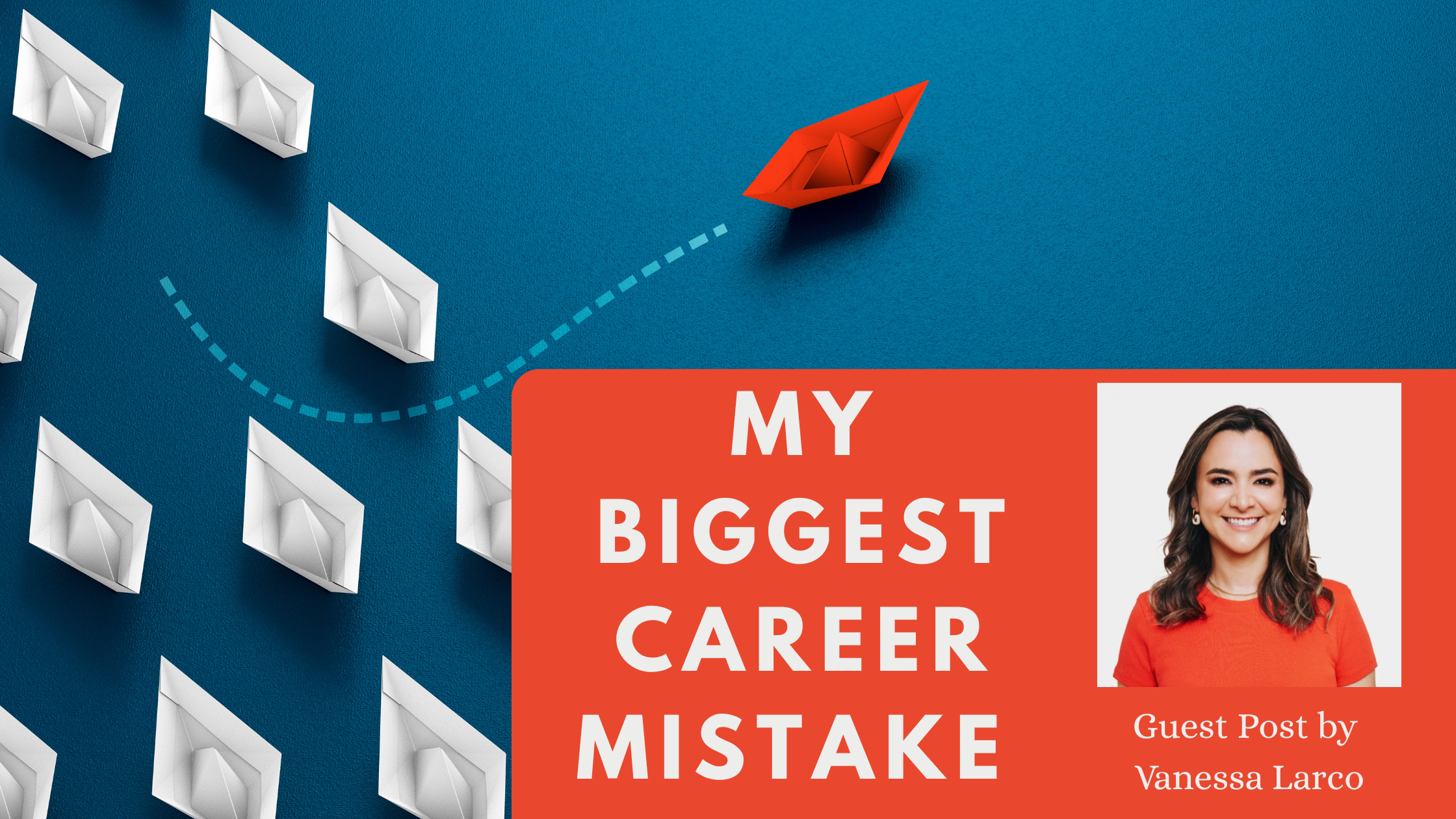
At Briefcase Coach, an executive resume writing firm and career strategy consultancy, the team is deeply invested in the nuances of career development. One of the first questions Sarah Johnston asks clients is: Did you intentionally choose your career path, or did it evolve more serendipitously over time?
This question gets to the core of how professionals navigate their professional journeys. Curious about how others would respond, Sarah posed it to her LinkedIn network—and the results were eye-opening. An overwhelming 74% admitted that their careers were shaped by serendipity or even ‘dumb luck,’ while only 26% felt they had followed a deliberate, intentional plan. It’s a powerful reminder that for most, career progression isn’t a straight line—it’s a winding road shaped by adaptability, unexpected opportunities, and chance encounters.
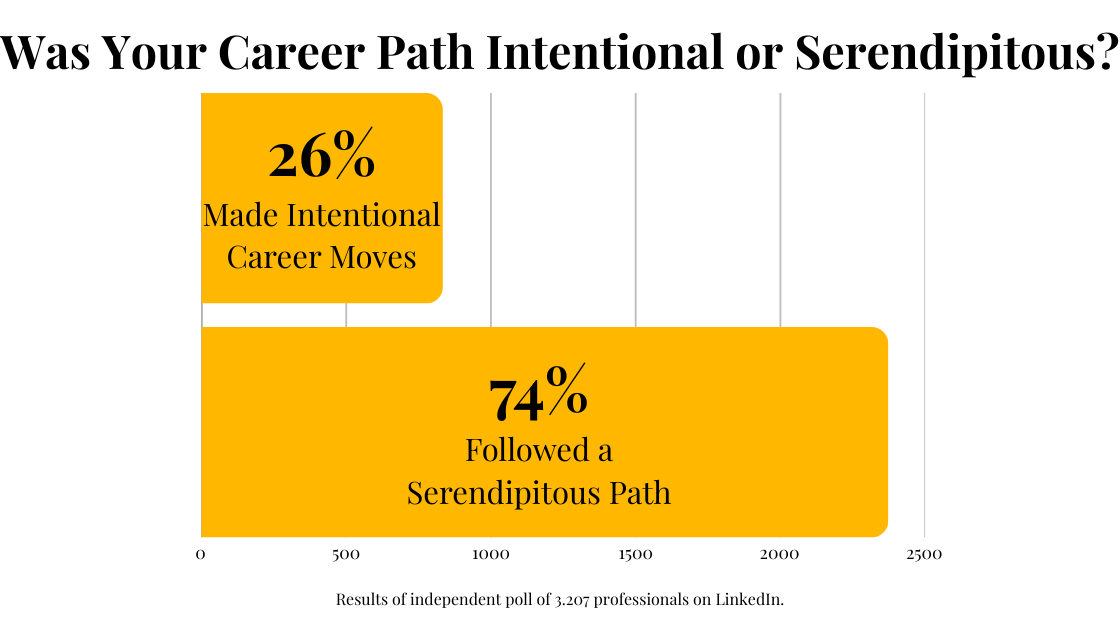
This got us thinking about the idea of ‘career mistakes.’ We often focus on the big blunders, but what about the subtler missteps – the missed opportunities, the paths not taken?
We’re pleased to feature a guest contribution from Vanessa Larco, formerly NEA, whose insights offer a valuable perspective on career evolution. Vanessa’s journey, like that of many professionals, highlights the reality that career paths are rarely linear. Her reflection on ‘career pivots’ underscores the opportunities for learning and growth that can result from unexpected turns. Whether you’re a senior leader contemplating a strategic shift or a rising professional navigating early career complexities, Vanessa’s experience provides invaluable guidance on embracing change and maximizing opportunity.
My Biggest Career Mistake
Briefcase Coach Guest Post by Vanessa Larco, Formerly NEA
Linear. That’s the blueprint of my life. From childhood on, every choice—school clubs, board games, everything—was a calculated step in a pre-visualized sequence. Chaos was the enemy; a well-laid plan, my sanctuary. So, naturally, my career would be no different. After all, it’s called a ‘path’ for a reason, and in my world, paths are straight lines between two points. But hindsight, that ever-clear lens, reveals a different truth: my biggest mistake might have been the very rigidity of that plan.

Now, let me be clear: every position, company, and colleague along that journey shaped me. I wouldn’t be where I am today without those experiences. I’m deeply grateful for the opportunities seized, the things built, and the relationships forged.
This isn’t a story of regret, but a message of permission—permission to deviate, to explore, especially for those who, like me, find comfort in the straight and narrow.
The Illusion of Control
Early in my career, I had a perfectly planned career path:
- Join Microsoft to pay off student loans and learn how to be a great product manager.
- Join a startup to experience fast-paced growth.
- Launch my own startup and achieve success.
Each point was a carefully placed marker, a step along my “straight line.” Deviating from this sequence felt not just uncomfortable, but unthinkable. How else would I know where to go next? It was a roadmap etched in certainty, a guarantee—or so I thought—of a successful destination.
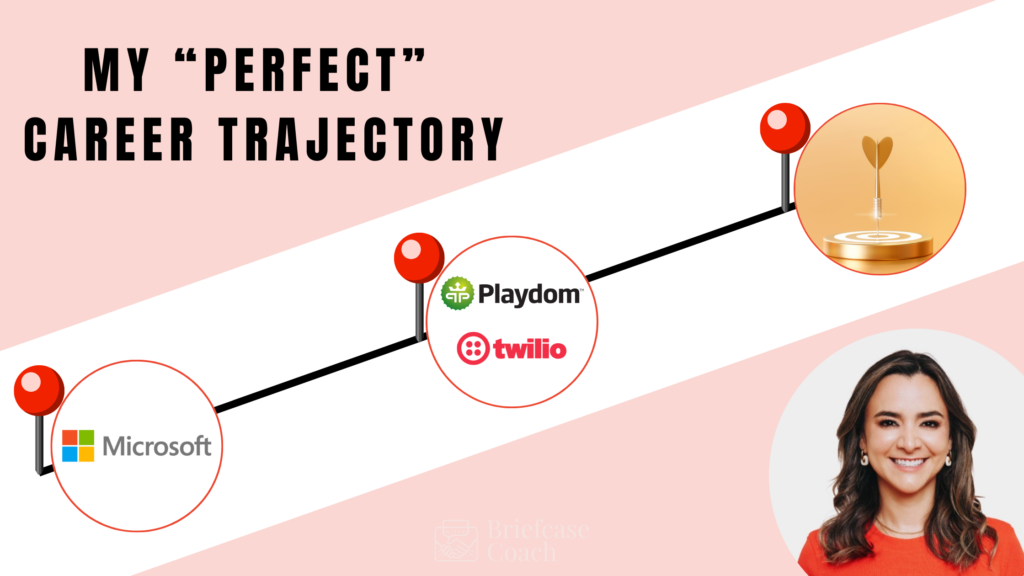
However, that carefully constructed roadmap, those seemingly solid markers, turned out to be less a guarantee and more a series of missed exits. Each point, initially a symbol of my meticulously planned ascent, ultimately represented a moment where rigid adherence to the line blinded me to the vibrant, unexpected possibilities that lay just beyond.
The Missed Opportunity #1: The Startup Leap I Didn’t Take
The first came in 2007, when my friend Tomas Barreto, a fellow intern at Microsoft, told me he was joining a startup called Box. At the time, Box was a relatively unknown company, but it was pioneering cloud content management—a new way for businesses to store and share information. I thought he was crazy for giving up a six-figure salary right out of college for what seemed like an unproven venture.
Seven years later, I joined Box myself – but I’d already missed out on all the lessons and growth I could have gained in the meantime.
Imagine the difference: being on the ground floor of a company with just ten employees, witnessing its explosive growth to hundreds. That experience, that raw, unfiltered startup environment, teaches you lessons no later-stage role can replicate. When you’re one of ten, titles and seniority blur. Everyone wears multiple hats, diving into whatever fire needs extinguishing.
It’s a ‘doer’ mentality, a baptism by fire, free from rigid processes. You make mistakes, yes, but you learn to test, iterate, and fix things at lightning speed. It’s a different ball game entirely, a masterclass in adaptability and resilience that I regrettably missed.
By joining later, I bypassed the unmatched opportunity to help build something from the ground up, the kind of experience that shapes not just your skills, but your entire approach to leadership and problem-solving.
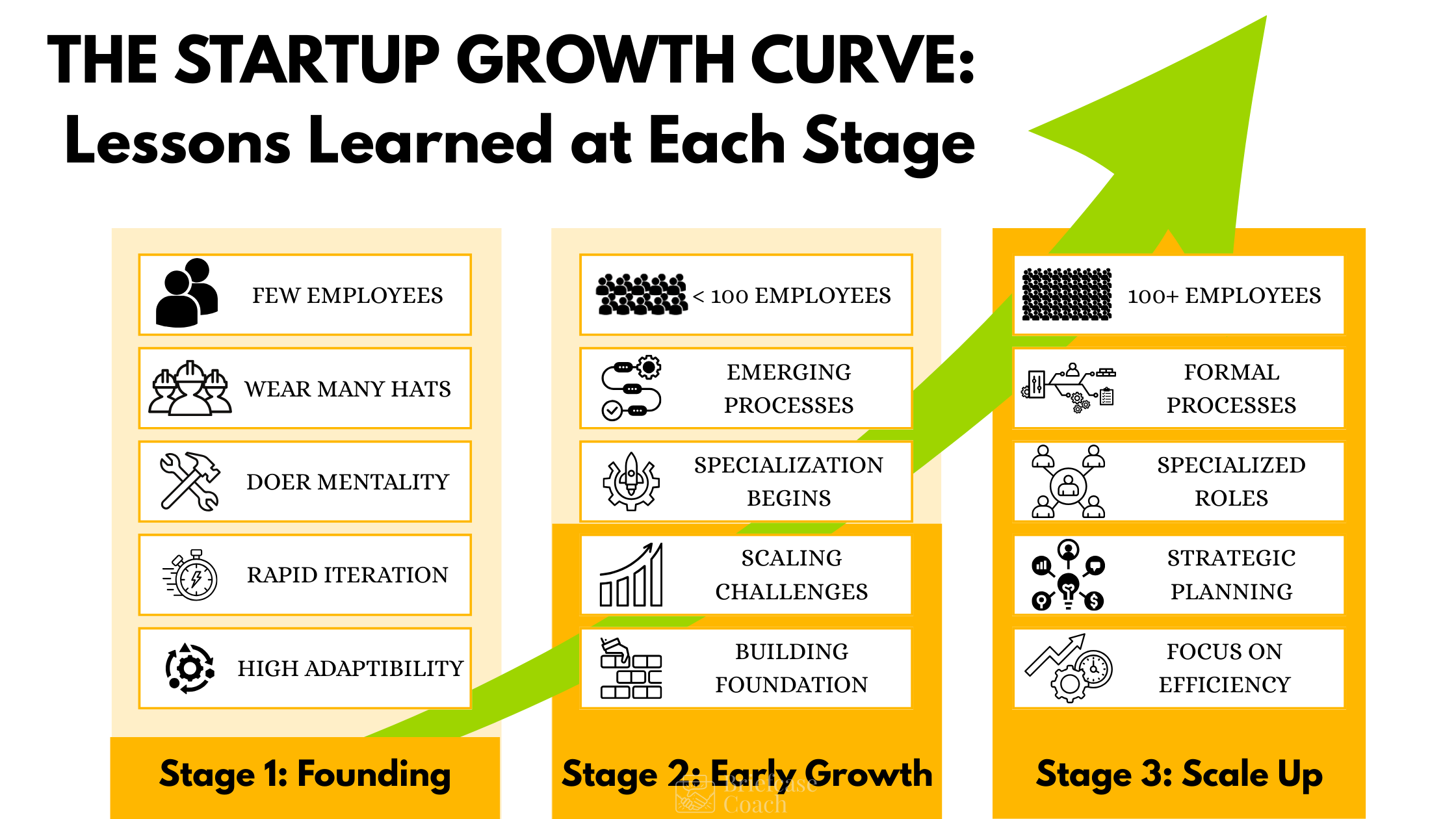
The Missed Opportunity #2: The Gaming Blind Spot
The second missed opportunity came in 2010, when my friend Roger Lai joined Square. At that time, Square was just beginning to disrupt the financial industry with its innovative mobile payment technology.
My experience with Surface and Xbox Kinect at Microsoft had left me completely burned out on hardware, creating a blind spot that prevented me from even considering Roger’s urging to explore Square.
Instead, I decided to join Playdom, a social gaming company gaining traction on platforms like Facebook, and convinced myself gaming was my calling.
Square simply didn’t fit into my plan, so I didn’t even consider it. I was clinging to a career plan that I thought guaranteed success.
After Playdom’s acquisition by Disney was fully completed, I left to start my own gaming company with a few friends. That startup did not work out as we had hoped and we sold it to another privately held company.
Rebuilding and Re-Planning
Eventually, I picked myself up. I gained valuable experience at Twilio, a company that’s revolutionized communication by providing developers with the tools to programmatically make calls and send messages. Then I moved on to Box (again, 7 years after I dismissed the opportunity). In my mind, I was back on track: work hard, climb the ladder, attract great people and funding, all in hopes of taking another shot at launching my own startup.
Then the opportunity at NEA came along, and my initial reaction was to dismiss it. Venture capital? That wasn’t part of my plan. But I was starting to recognize my old pattern: adhering to a rigid path instead of being open to new possibilities.
This time, I decided to step outside my self-imposed “linear” box and take a closer look. I’m incredibly grateful that I did. The world of venture capital has been eye-opening. It has taught me so much, connected me with incredible people, and opened doors I never knew existed.
Growth Beyond the Plan
In my experience, the key to continued growth is to recognize that it comes in many different forms. Defining your plan too rigidly makes it hard to recognize those opportunities when they arise. Sometimes, the best opportunities are the ones that don’t fit the plan.
It’s about cultivating a mindset of curiosity and openness. It means being willing to explore paths that diverge from your carefully laid plans, to embrace the unexpected detours, and to view “mistakes” not as failures, but as valuable learning experiences.
Looking back, I realize that my most significant career growth didn’t come from sticking to my plan, but from those moments when I dared to deviate. It was in those “unplanned” experiences that I discovered new passions, developed new skills, and gained a broader perspective.
This reflection brings me back to Sarah’s fundamental question: Is our career path a product of intentional design or serendipitous evolution?
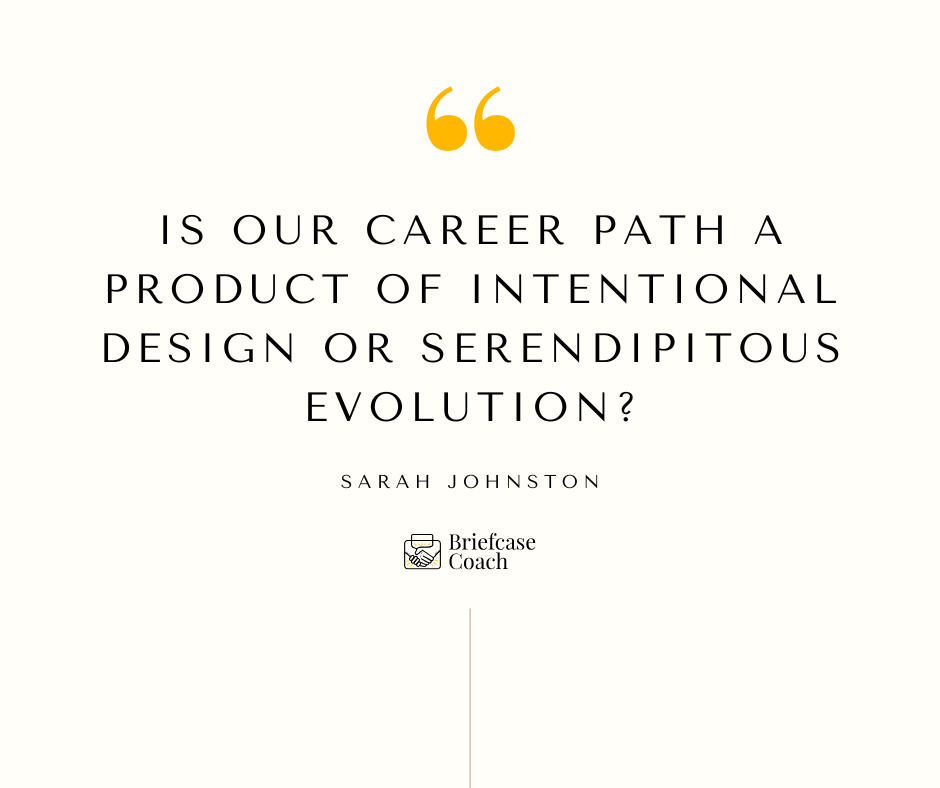
My journey suggests it’s often a blend of both. We need a plan to provide direction, but we also need the flexibility to recognize and embrace the unexpected opportunities that come our way.
So, if you’re like me – someone who finds comfort in structure and planning – I encourage you to loosen your grip on that rigid roadmap. Embrace the twists and turns of your career journey.
You might be surprised at the incredible opportunities and growth that await you when you’re willing to embrace a little serendipity and learn from those “career mistakes” along the way.
